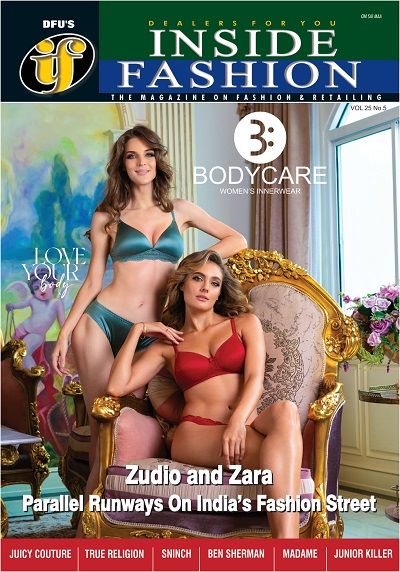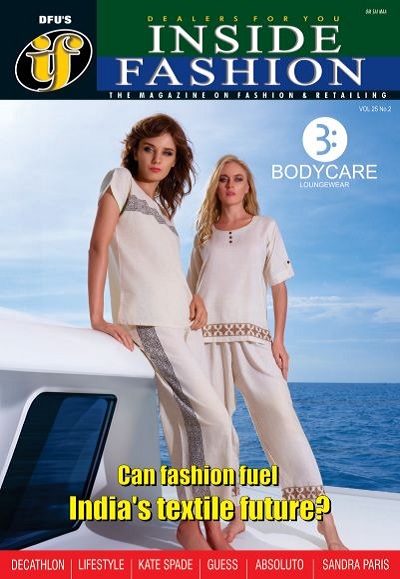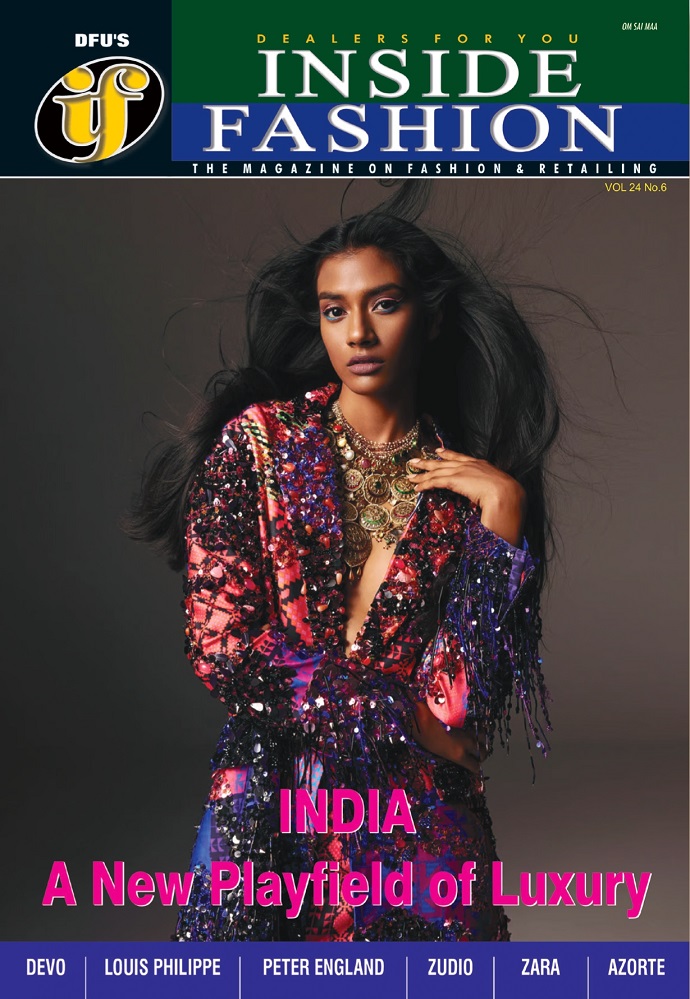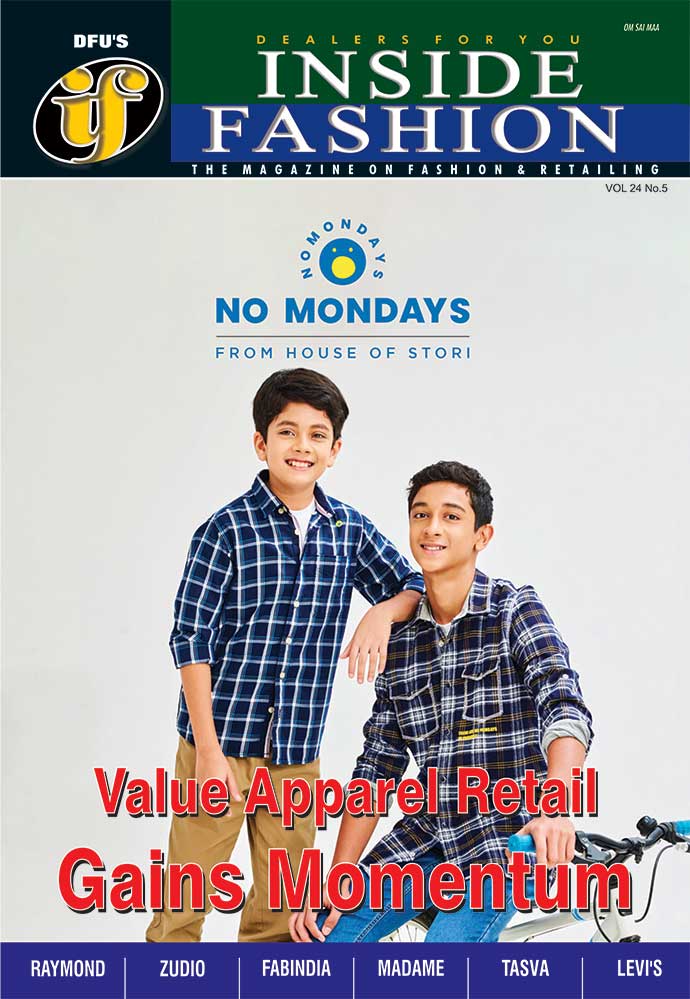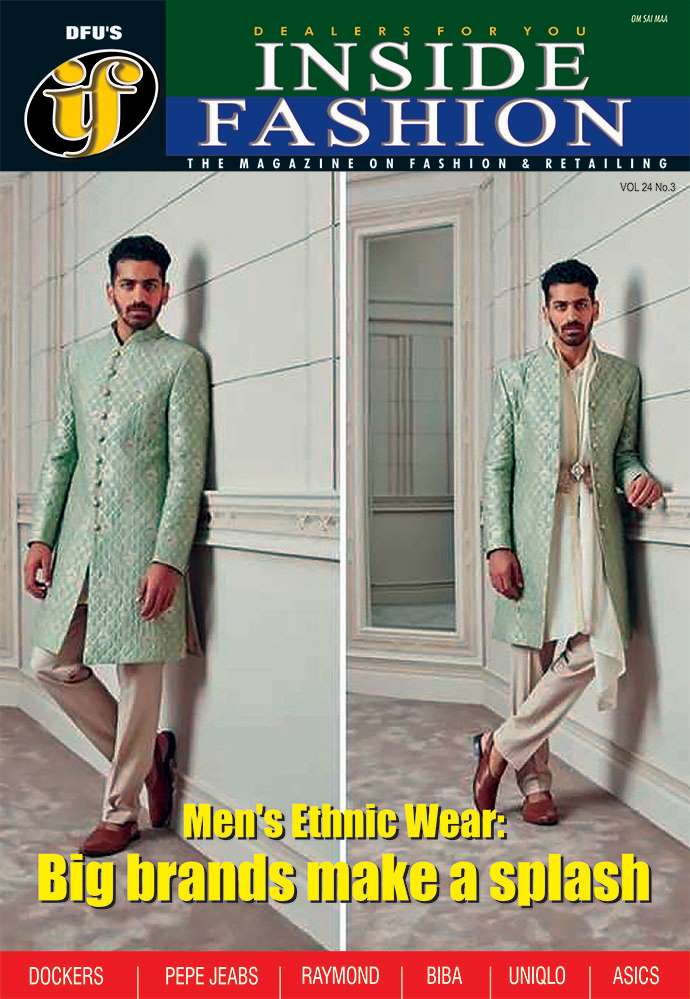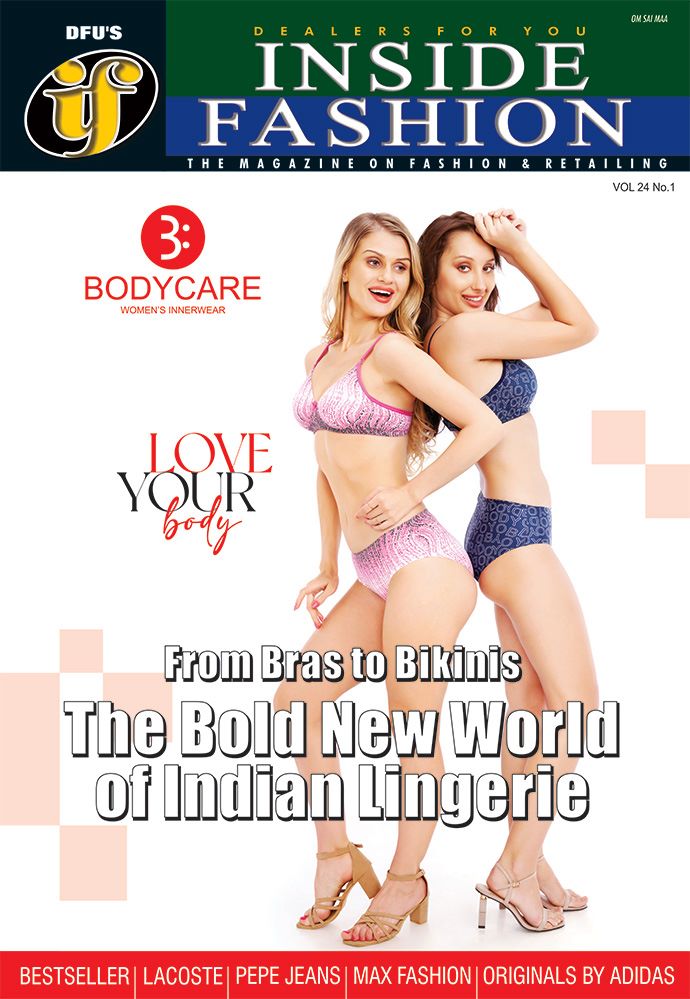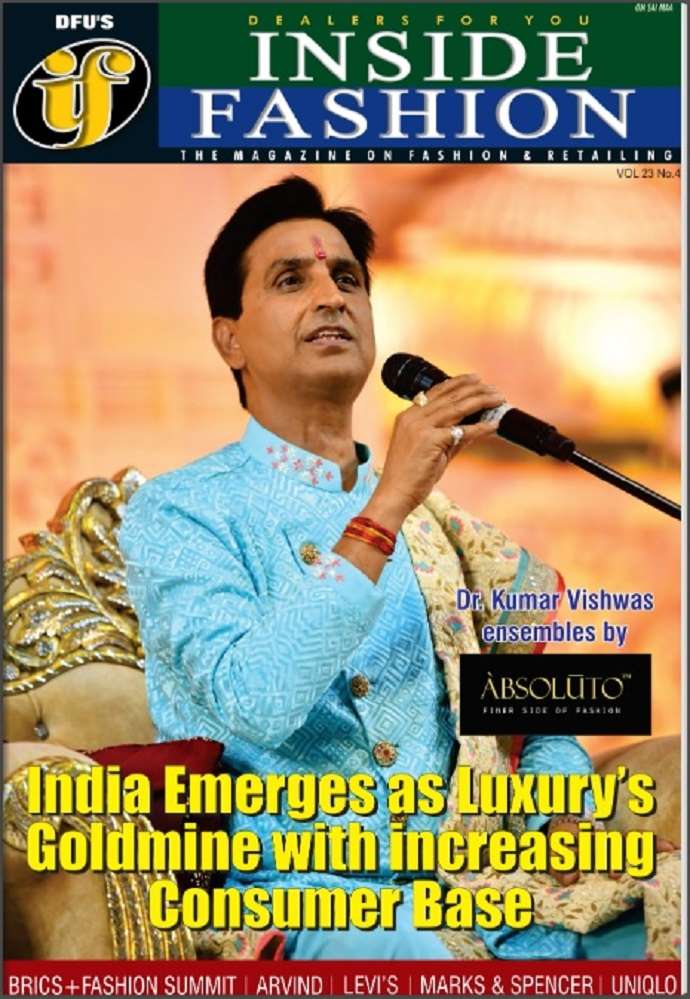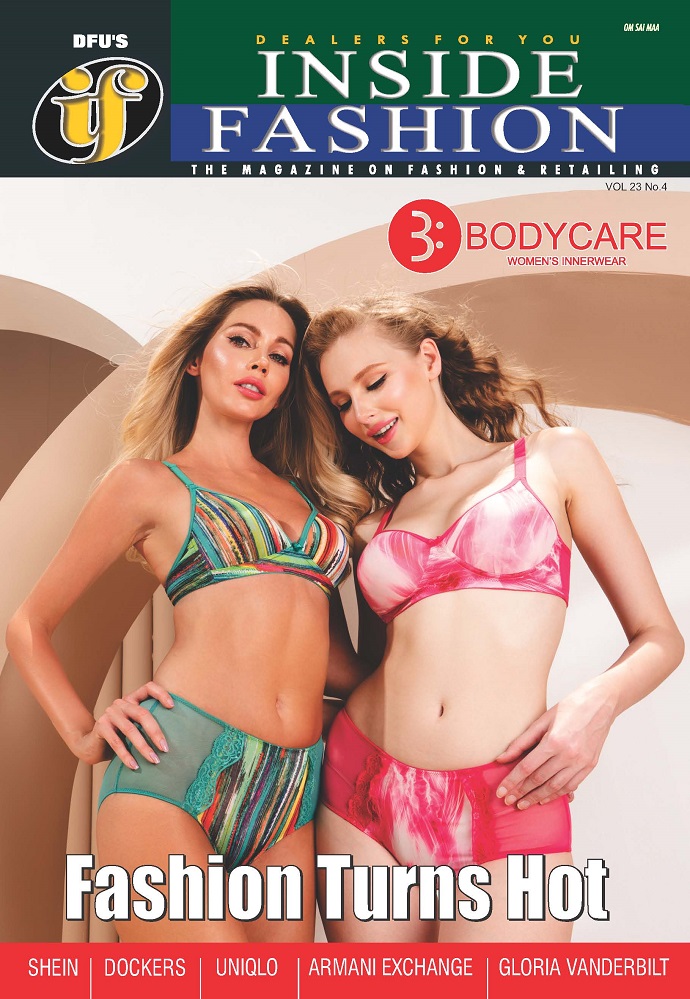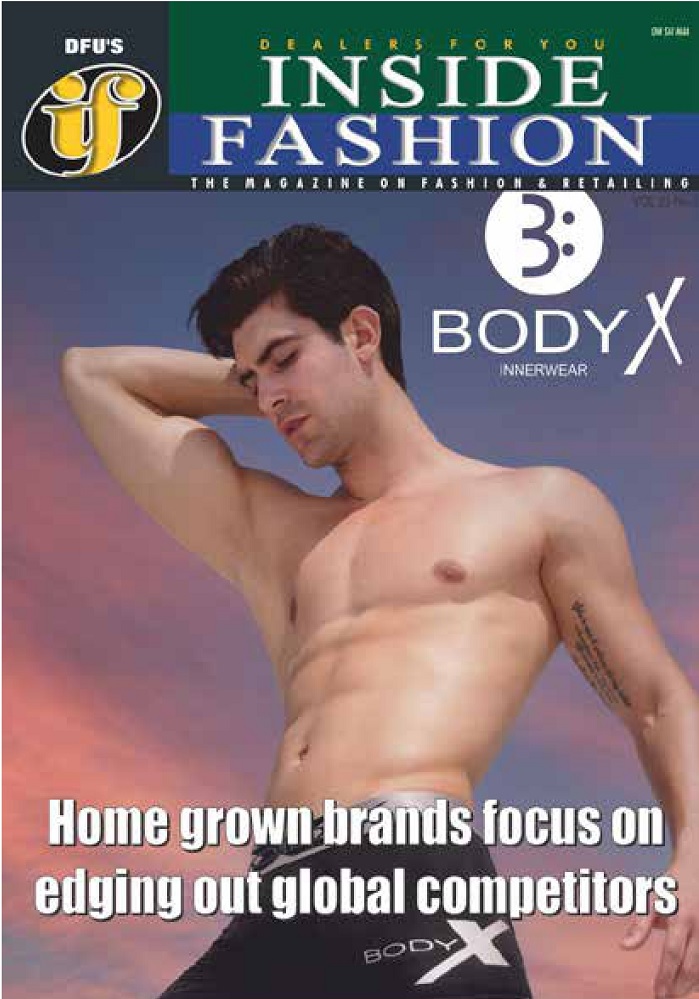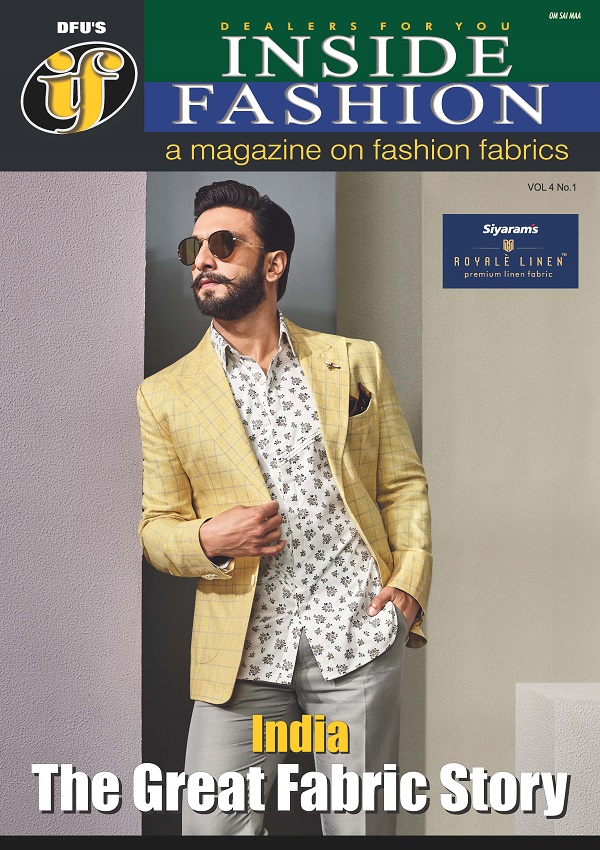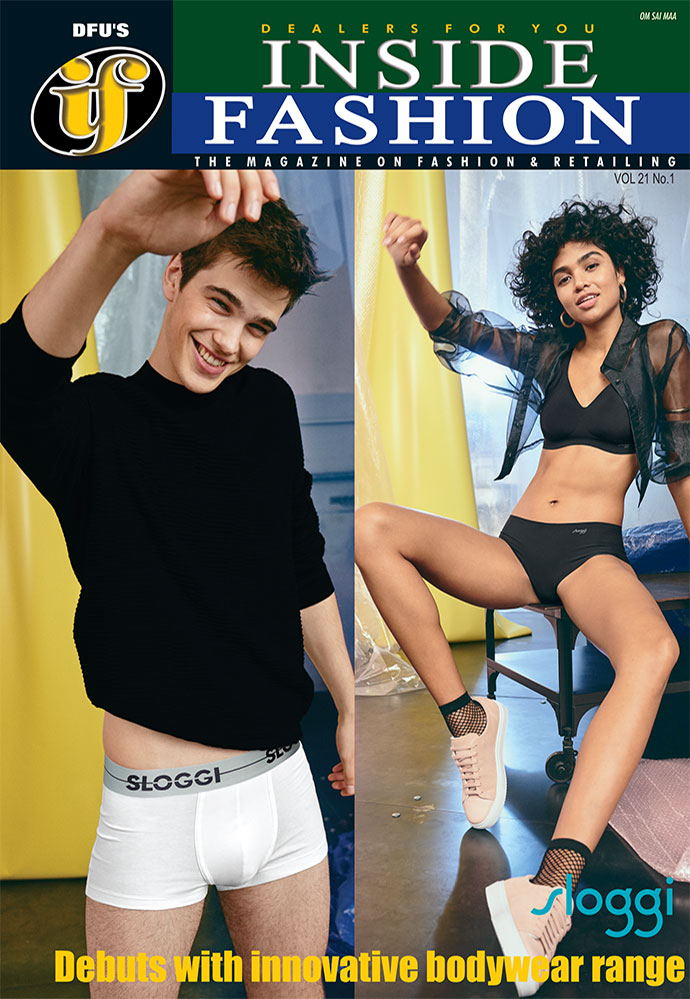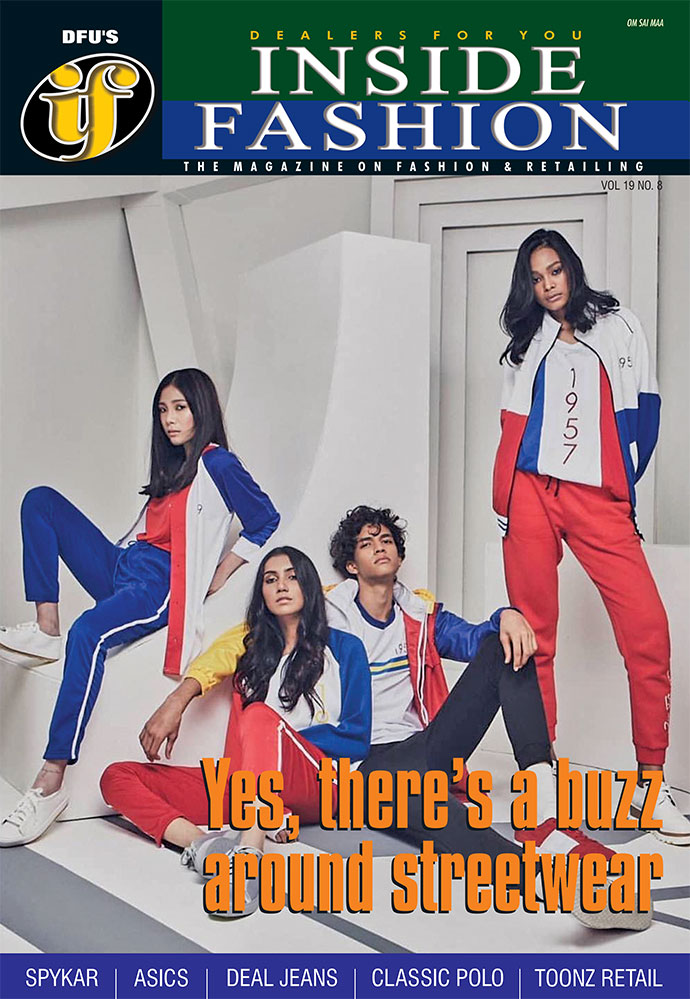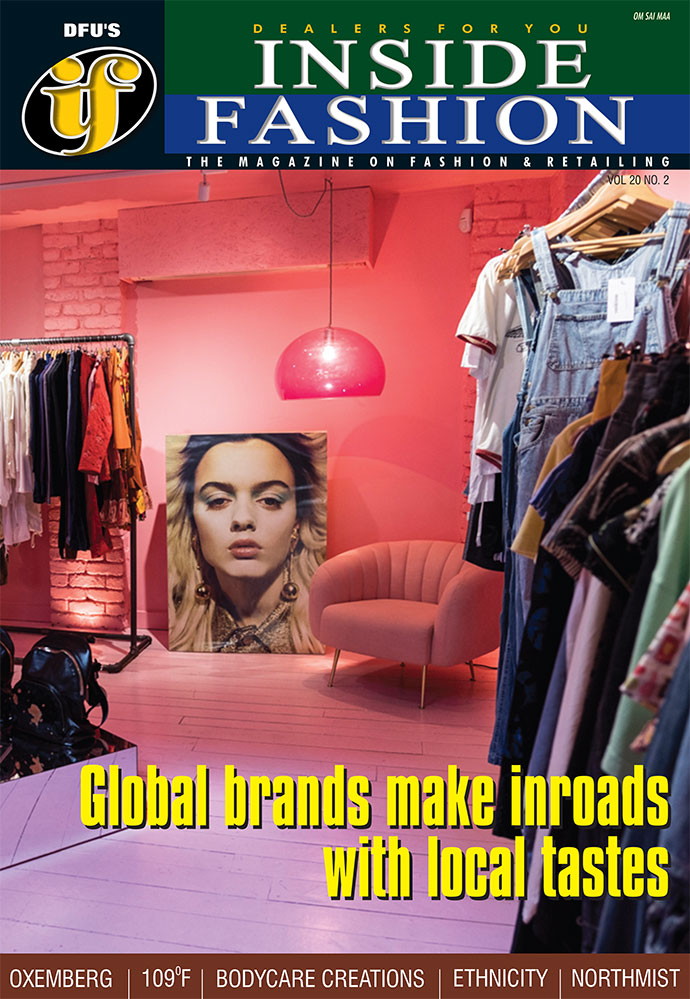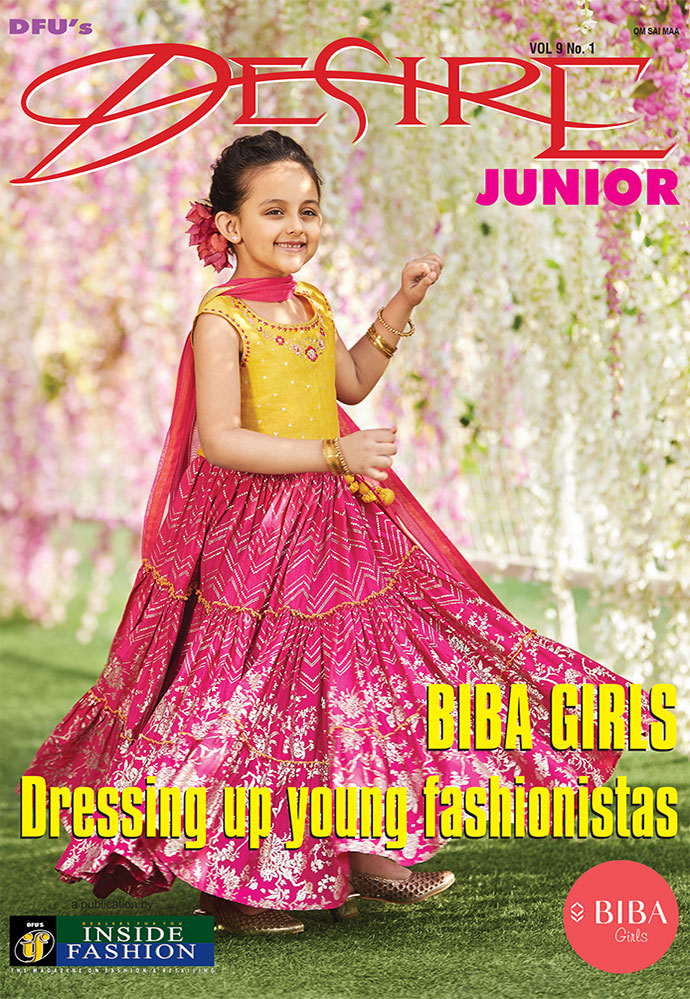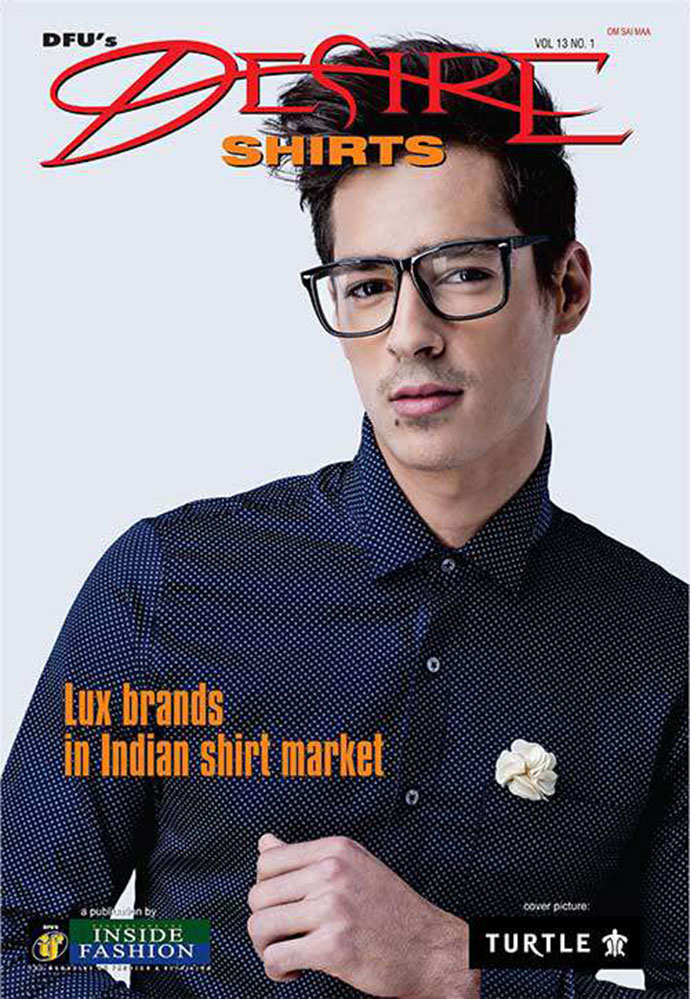Athleisure Nation: Why India can’t get enough of active wear and leggings
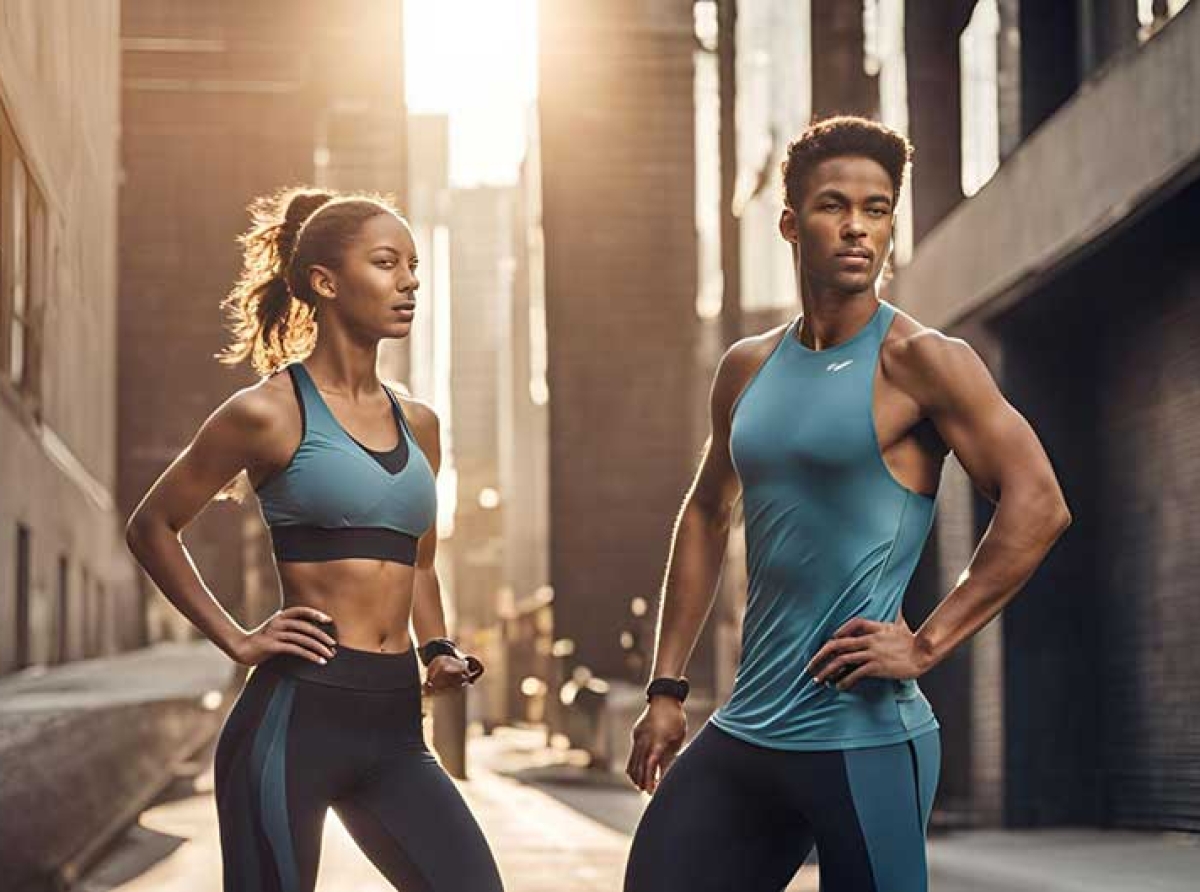
11 September 2025, Mumbai
From neon gym tights to pastel-hued yoga pants, the staple active wear has become more than workout wear it’s a lifestyle statement. The rising popularity of leggings is no accident. It reflects a wider cultural shift in India: health consciousness, athleisure fashion, and a willingness to spend more on comfort-driven apparel.
The Indian active wear market, once a niche category dominated by cricket gear and gym shorts, is now flexing its muscles. Leggings, sports bras, quick-dry tees, and gym sets are finding their way not just into gyms but also workplaces, classrooms, and coffee shops. For many, the line between active wear and everyday fashion has blurred a global athleisure wave that has firmly reached Indian shores.
Active wear market on upward swing
According to a 2025 report by IMARC Group, India’s active wear market was valued at $7.5 billion in 2024 and with a projected CAGR of 11.4 per cent it is expected to be worth $14.3 billion by 2030. Within this, leggings alone account for an estimated 25-28 per cent share, driven by both performance demand and fashion appeal.
Table: India’s active wear and leggings market size
|
Year |
Active wear market ($bn) |
CAGR (%) |
Leggings market (%) |
|
2020 |
4.8 |
9.5 |
20+ |
|
2024 |
7.5 |
11.4 |
27 |
|
2030 (Proj.) |
14.3 |
11.4 |
30+ |
According to a recent report by Maximize Market Research, the India sports apparel market was valued at $673.34 million in 2023 and is projected to grow at a CAGR of 16.2 per cent from 2024 to 2030, with a forecast to reach $1926.10 million by 2030. Leggings, due to their versatility and comfort, are understood to hold a significant share of this market and are expected to maintain a high growth rate.
Analysts note that leggings, once considered Western imports, have seamlessly integrated into India’s fitness and fashion landscape. As Ankit Arora, retail analyst at Technopak Advisors explains, leggings offer what Indian consumers value most comfort, adaptability, and affordability. They are equally suited for a morning yoga session, a Zoom call, or a casual evening outing.
What’s driving the boom?
There are several reasons for the fast forward growth of active wear segment. Rising health awareness is a major factor. From urban millennials to retirees in tier-II cities, more Indians are taking up yoga, running, and gym training. Athleisure is also now an integral part of everyday fashion. Celebrities and fitness influencers have popularized leggings and gym wear as everyday style. Instagram reels showcasing gym OOTDs (Outfit of the Day) and fitness routines are shaping consumer demand.
Also digital platforms like Myntra, Ajio, and Amazon Fashion have made premium and affordable active wear accessible nationwide. What’s more, with a growing middle class, consumers are willing to invest in comfort and performance apparel.
The leggings effect on the segment
The Indian market splits across price categories and target groups. While Nike, Adidas, and Puma dominate premium segments, brands like Decathlon, HRX, and Clovia cater to value-conscious buyers. Meanwhile, local manufacturers and private labels are tapping into mass markets with competitive pricing.
Table: Popular active wear brands across segments
|
Segment |
Description |
Brands |
|
Premium |
High-end brands focusing on quality, performance, and design. |
Nike, Adidas, Puma (select ranges), Under Armour |
|
Value |
Affordable options offering a balance of quality and price. |
Decathlon (in-house brands), HRX by Hrithik Roshan |
|
Others |
Includes mass-market brands, local manufacturers, and unorganized players. |
Many smaller regional brands, private labels |
Table: Product segmentation
|
Sector |
Target consumers |
Popular product categories |
|
Menswear |
Men of all ages participating in sports and fitness. |
T-shirts, shorts, track pants, compression wear. |
|
Womenswear |
Women seeking comfortable and functional active wear. |
Leggings, sports bras, tank tops, yoga pants, gym sets. |
|
Kidswear |
Children engaged in sports and physical activities. |
Tracksuits, t-shirts, shorts, leggings for younger demographics. |
“Women are emerging as the fastest-growing consumer group,” says Richa Singh, Co-founder of Zivame Active. “Leggings, paired with sports bras and crop tops, are no longer restricted to the gym. They’ve become an everyday uniform for young professionals.”
Beyond the gym
As the market matures, active wear in India is evolving beyond basics. Brands like No Nasties and Proyog are introducing eco-friendly leggings made from organic cotton and recycled polyester. At the sametime startups are experimenting with sensor-embedded fabrics that track posture and movement. Meanwhile size-inclusive ranges, maternity-friendly leggings, and gender-neutral designs are gaining traction. And the popularity has grown beyond metros in Tier-II, III cities. Gyms, yoga centers, and running clubs in towns like Surat, Indore, and Guwahati are leading to new demand pockets.
The export angle
India is not just a consumer market it’s also a manufacturing hub. Exports of sportswear and active wear fabrics, particularly leggings made from polyester blends and elastane, have grown steadily. According to the Apparel Export Promotion Council (AEPC), active wear exports stood at $2.1 billion in FY2024, with the US and EU as primary destinations. This dual role as a market and as a factory for the world places India in a unique position. Domestic players are now looking at global collaborations to capture a slice of both the consumption and supply chain pie.
The future of the Indian active wear market looks promising, with leggings expected to remain the hero category. With international and domestic brands pushing for innovation, competition is set to intensify. The battleground will most likely shift to sustainability, digital retail, personalization. As Ravi Kapoor, Founder of active wear brand BlissClub says, “India is still scratching the surface when it comes to active wear. The next decade will see the category becoming as mainstream as denim.”

